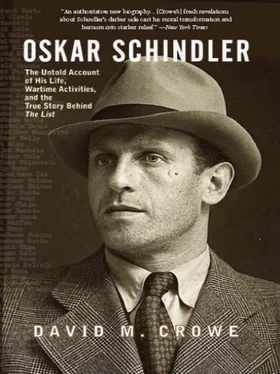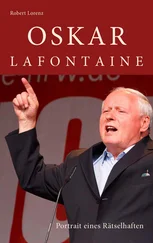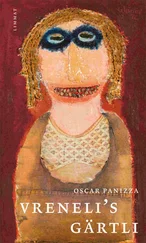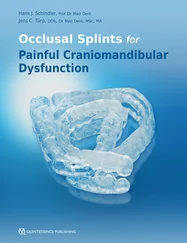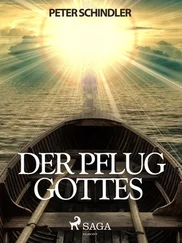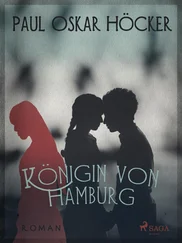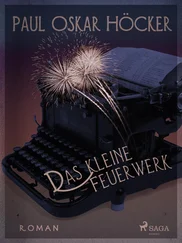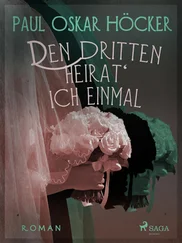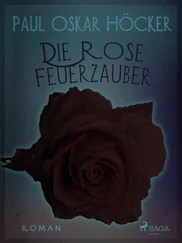Kreuziger then asked Leo what he knew about the railway connections into Slovakia. Though it is uncertain whether Kreuziger knew the details of Operation Green, it entailed a very well-coordinated, rapid movement of troops into Czechoslovakia during the last half of the four-day campaign. The focal point of the German invasion was Prague, but it was also important that German forces quickly reach the important railhead at Brno and from there, Slovakia. One of the important challenges for the Wehrmacht in Operation Green was the prevention of “a withdrawal by the Czech Army into Slovakia.” Hitler, the driving force behind Operation Green, also hoped a quick victory would forestall Allied intervention in support of the Czechoslovaks. 97
The wide informational net that Kreuziger had cast reflected Abwehr’s desperate effort to gather as much information as possible for the various Wehrmacht units requesting it. This worrisome search for data on the Czechoslovak military was justified. The Czechoslovaks could field four armies with 800,000 to 1 million men under arms. Thousands of fortified positions, ranging from machine gun posts to heavy fortresses, dotted the country’s frontiers. The most formidable of Czechoslovakia’s defenses was the Czech Maginot Line, which ran from Nachod to Ostrava. In 1934, Prague sent military specialists to France to study that nation’s Maginot Line. With the help of French advisers, the Czechoslovaks began to construct a series of heavy fortifications, which the Germans referred to as the Beneš Line, to defend their northwestern frontier with Germany. Though it was not intended for completion until 1946, parts of the Czechoslovak Maginot Line were almost complete on the eve of the Sudeten crisis. In 1938, the Czechoslovaks also began to build lighter defense works along its frontier with recently annexed Austria. These fortifications were manned by special elite border units under eight Border Sector Commands. Abwehr reports on the strength of these defenses were so contradictory that Canaris feared that he had fallen out of favor with Hitler because of their inaccuracy. 98
Czechoslovakia’s defensive strategy was to move out of Bohemia and create a military barrier in Moravia in expectation of attacks from Austria and Silesia. The Czechoslovak First Army was to defend Bohemia and the Second and Fourth Armies were to protect Moravia. The Third Army was positioned along the Hungarian border. And although the British and the French differed over the ability of the Czechoslovaks successively to slow down a German assault while awaiting Allied help, the size and strength of Czechoslovakia’s armed forces worried German military planners. Moreover, there was every indication that the Czechoslovaks would put up fierce resistance if attacked. Radomír Luža reports that when the army’s commanders learned of the Allied decision to give away part of their country at Munich in late September, they urged Beneš to reject the accord and “go to war regardless of the consequences.” The same commanders, though, told Beneš that they could not hold out more than three weeks without the support of their western allies. The fact that the Germans worked frantically in the summer of 1938 to strengthen their own defensive and offensive posture against Czechoslovakia underscores a deep respect for the Czechoslovak military. 99
In light of this, it is not surprising that Kreuziger was under pressure to find out anything he could about rail lines into Slovakia and their planned use by the military. Pruscha was not able to tell him much, which frustrated Kreuziger. Pruscha told the German agent that the rail connection out of Brno to Slovakia was along the Vlarska route, but added that he was familiar only with the rail lines to Veselí nad Moravou, which is about fifteen miles from the Slovak border. He told Kreuziger that there was nothing special about this particular rail line. Leo said it was about ninety miles from Brno to Veselí. Kreuziger also wanted to know about the rail line between Brno and Jihlava in the northwest. Leo answered that he knew nothing about this route. Kreuziger was also interested in rail connections through Bohumin and its crossing into Germany. Pruscha said that he knew only about the line between Brno and Nezamyslice, which had a single track and no special features. Kreuziger also inquired about the rail link between Brno and Nemecky Brod (today, HaviOku6v Brod; [Deutsch Brod]), which was equidistant between Prague and Brno. Was it, he wondered, a double-tracked line? Leo said it had only a single track and that only a local rail shuttle used it. Kreuziger then asked about the railway lines between Brno and Prague. Pruscha thought there were double tracks on this particular route, though he knew little about it. At this point, Schindler entered the discussion and said that he was quite familiar with the Brno-Prague line. It had double tracks and nine tunnels. Finally, Kreuziger asked Pruscha whether the Czechoslovak military was building new bases or making other preparations near the rail lines under discussion. He also wanted to know whether anything had been done to increase military security along each route. Pruscha said he knew nothing about new installations, preparations, or enhanced security. 100
At this point, Kreuziger reemphasized that he remained very interested in military matters. Schindler, perhaps sensing Kreuziger’s frustration with Pruscha’s lack of such knowledge, answered that they both knew one soldier, Ryba, who worked in military construction. Leo said he doubted they could convince Ryba to work for Abwehr. Oskar assured Kreuziger that he would begin to work on Ryba and was sure he could win him over. If Schindler was successful in convincing Ryba to work with him, Kreuziger responded, he would need information on “defense works, the direction of their embrasures [parapet of a fortification for firing cannon], thickness of walls, location of fortifications and, if possible, the plan of the fortifications.” One of the key concerns in German military planning was the quick breaching of Czechoslovakia’s considerable border fortifications. The Wehrmacht also worried about the buildup of new fortifications along the Czechoslovak-Austrian border, particularly after the May Crisis. Operation Green laid out as one of the principal tasks of the army and the Luftwaffe (airforce) the rapid destruction of Czechoslovak border defenses and fortifications. One of the key elements in these efforts was “cooperation with the Sudeten German frontier population” and “deserters from the Czechoslovak Army.” 101
Kreuziger now turned to Pruscha and said that he should give any information he gathered to Schindler. The German agent thought it would be a good idea for Leo to bring a bit of information as a gesture of his willingness to work with military counterintelligence. Pruscha answered that because he was on vacation, he would not be able to get hold of anything until after July 14. He promised he would have something for Schindler in Brno by July 16. Kreuziger told Leo that he would generously pay for all his expenses and reward him accordingly for valuable information. Pruscha said that “as a nationalist German” he did not want to make any “profits” out of this. He felt “it was the moral obligation of a German to do these kinds of duties.” He reemphasized his “Germanness” to Kreuziger and said that his daughter also belonged to Henlein’s SdP. This did not seem to interest Kreuziger. The Abwehr agent promised Leo that if something ever happened to him, he could get him a job in Germany. If Pruscha ever needed anything, he should ask Oskar “Müller.” 102
Leo Pruscha told the Czech police that their conversation ended late in the evening. They walked to another restaurant where many people were dancing. Along the way, people greeted Kreuziger as they walked along the street. About midnight, they went back to the Deutsches Haus and drank coffee and wine in a “special room.” Kreuziger left after an hour and the two Sudeten Germans went to their separate rooms on the first floor of the Deutsches Haus. The next morning, Kreuziger met the two at the Deutsches Haus restaurant at 9:00 A.M. Pruscha said that another German met them there, though he was never formally introduced to him. It was the mysterious Peter. He described Peter in some detail to his Czechoslovak interrogators. He was about forty years old and about 165 cm (5’3”). He thought he might have had one gold tooth. Peter had dark hair and dressed in a well-worn dark grey coat. He wore a hat of similar color and a shirt with a “sawed-on collar” without a tie. Leo said that they stayed in the restaurant until about 1:00 P.M., when Oskar left. 103
Читать дальше
